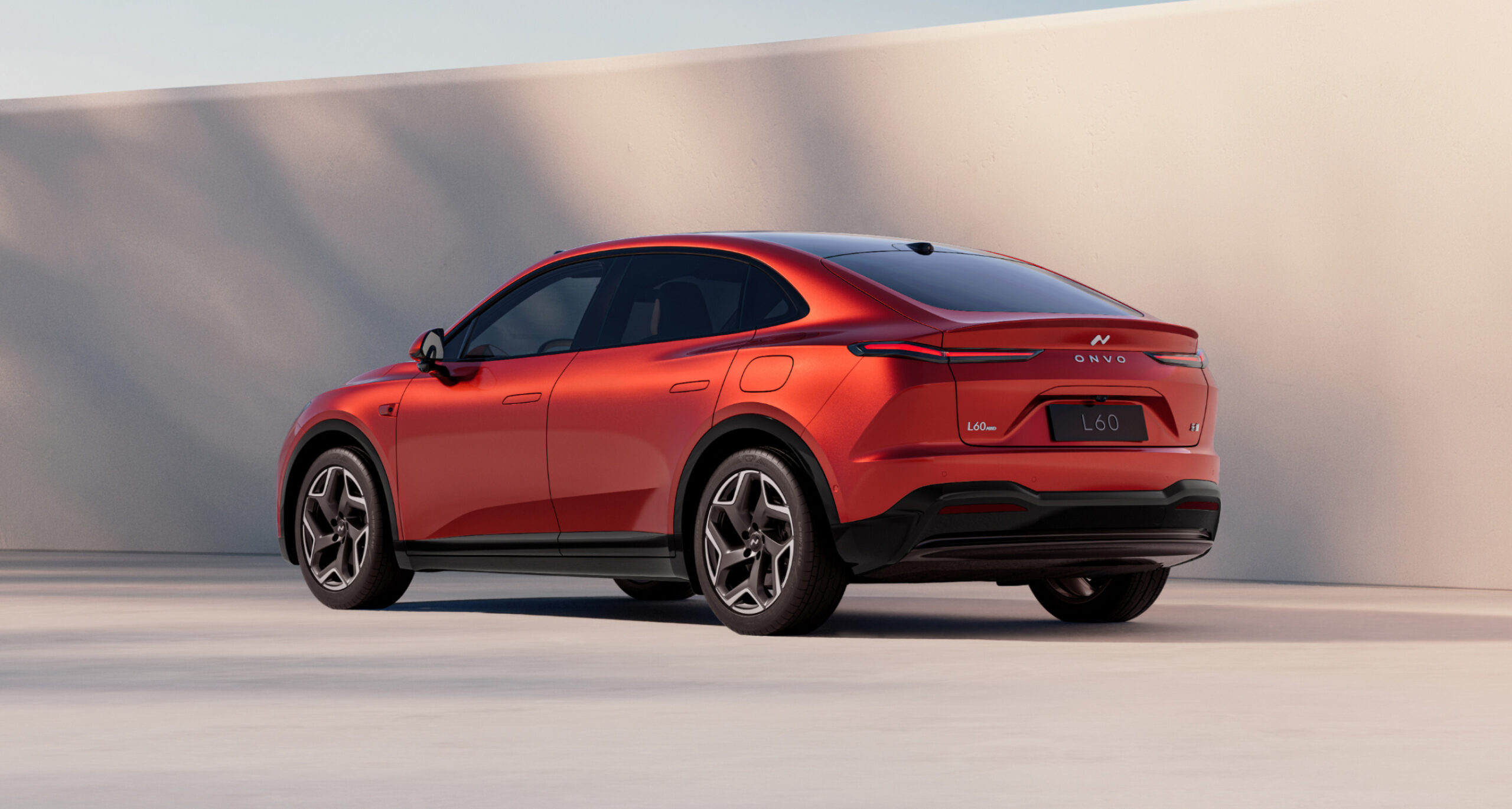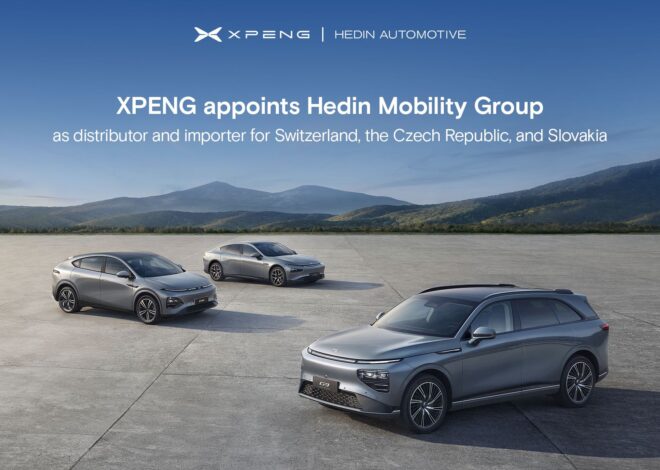Leadership Shakeup at ONVO
Ai Tiecheng ultimately paid the price for the ambitious targets he once set. He transitioned from President of ONVO to “former President,” with Shen Fei, NIO’s former energy business head, now taking the helm as ONVO Auto’s President.
For Ai Tiecheng, leaving ONVO was undoubtedly a difficult decision. Just two weeks prior, he had firmly stated, “I will never admit defeat or give up halfway.”
NIO’s CEO, William Li (Li Bin), did not offer Ai a chance for redemption. This move underscores Li’s reputation as anything but a “soft” manager—over the past decade, he has dismissed over 20 VPs. It also reflects his uncompromising stance on NIO’s goal of achieving profitability in Q4 2024.
However, behind this confidence lies a harsh reality: NIO’s 2024 net losses expanded to ¥22.4 billion, and ONVO, its sub-brand, is currently achieving only one-third of its monthly sales target.
ONVO’s Struggle as NIO’s “Volume Driver”
As the vanguard of NIO’s “downmarket strategy,” the ONVO L60 was expected to be a high-volume seller. Instead, it has become the scapegoat in NIO’s financial reports.
According to Li Bin, ONVO needs monthly sales of 20,000–30,000 units to break even. Profitability has now become NIO’s top priority for 2025—implying that the company will employ every legally permissible measure to achieve it, including layoffs.
Indeed, layoffs have been quietly underway at NIO. Insiders reveal that the cuts span multiple departments—after-sales service, energy, NIO House operations—with a 10% reduction overall, and over 50% in some regions.
The question looms: By Q4 2025, will NIO’s profit-driven survival strategy come at ONVO’s expense?
From “Sold-Out” to Consumer Abandonment?
In September 2024, shortly after the ONVO L60’s launch, Ai Tiecheng declared in a conversation with Li Bin that orders had “exploded.” Though exact numbers were never disclosed, Ai boldly pledged to hit 15,000 monthly sales by January–February 2025 and 20,000 by March—vowing to “step down if the target isn’t met.”
Instead, 2025 opened with a sales slump for the ONVO L60. January sales dropped to 5,912 units (from over 10,000 in December 2024), followed by 4,049 in February and 4,820 in March. Ai’s “sold-out” claim became fodder for online mockery, embarrassing both NIO and Li Bin.
Many potential buyers now express hesitation. “I initially liked the ONVO L60 for its price and specs, but reports of forced employee purchases and delivery chaos made me reconsider,” one consumer shared.
Others compare it unfavorably to competitors: “With so many options in the ¥200,000–300,000 range, ONVO’s advantages aren’t standout.”
Early Adopters Turn Skeptical
Even early ONVO owners are growing disillusioned. Huang Yunwen (pseudonym), a first-batch buyer, was drawn by the battery rental plan, which seemed cheaper upfront. However, she later realized long-term costs were higher than competitors.
For her 60kWh ONVO L60, the ¥599/month rental (with a “pay-4-get-1-free” promo) totaled nearly ¥29,000 over five years—plus a ¥43,000 buyout fee. Combined, this erased the initial ¥57,000 “savings” versus an outright purchase.
Similar complaints abound online: “Renting feels like a financial trap,” some say. Others criticize the 900V high-voltage architecture as “useless” due to limited compatible chargers.
Why the “High Start, Low Finish”?
At NIO’s Q4 2024 earnings call, Li Bin blamed “intensified competition and negative PR” for a 30–40% drop in ONVO orders. Yet Ai’s abrupt exit suggests deeper issues.
Consumers point to ONVO’s strained relationship with NIO. Beijing resident Ren Ze (pseudonym) bought an 85kWh ONVO L60 as a “budget NIO,” only to find limited access to NIO’s battery-swap stations. “Planning long trips is stressful—I have to hunt for compatible stations,” he said.
Though NIO boasts 3,200 swap stations, only 1,309 (with ~2,100 batteries) support ONVO as of February 9. Service complaints also plague ONVO, including delayed deliveries and mixed customer treatment.
Financially, NIO’s mounting losses (¥22.4 billion in 2024; ¥62.31 billion in current liabilities) strain ONVO’s resources. Meanwhile, its unclear positioning—torn between leveraging NIO’s prestige and chasing mass-market appeal—leaves it struggling.
ONVO’s Possible Endgame
With NIO’s 2024 losses hitting record highs and its third brand, Firefly, set to debut on April 19, ONVO faces a crossroads: NIO may sell or shutter it, or double down amid fierce competition (140+ new EV models launching in 2025, including AITO M8, XPeng G7, and Li Auto i8).
Owners like Huang Yunwen worry: “If ONVO folds, will NIO honor warranties and roadside assistance?” Others fear being second-class citizens at NIO service centers.
Still, some buyers remain hopeful: “ONVO uses NIO tech—it’s more reliable than lesser-known brands. We just don’t want our cars to become ‘orphans.’”
NIO’s Countermeasures
NIO hasn’t given up yet. In late February, it merged ONVO and NIO sales channels and shared aftersales resources. In March, Li Bin announced a “CBU” (Cell Business Unit) restructuring, splitting R&D, production, and marketing into 12 ROI-driven units.
ONVO’s second model, the L90 (a 6-seat family SUV), will debut at April’s Shanghai Auto Show. By then, ONVO-compatible swap stations are projected to reach 2,000.
Yet challenges persist. Firefly’s launch could divert resources, especially as Li Bin pledged dedicated swap stations for it. Can NIO balance three brands? How will ONVO evolve post-leadership change? We’ll stay tuned.


